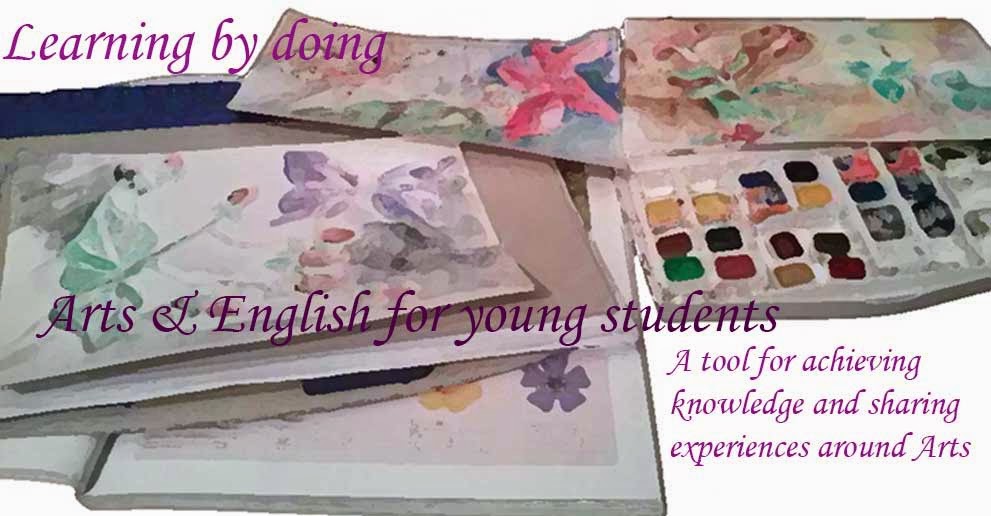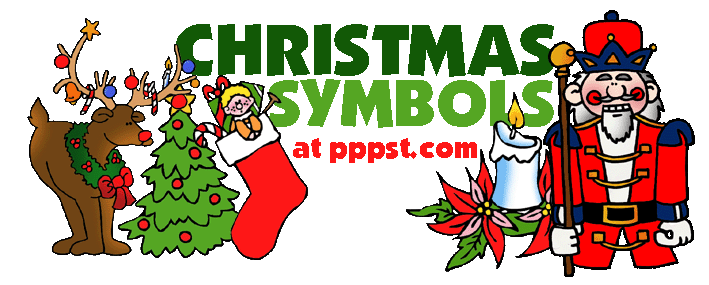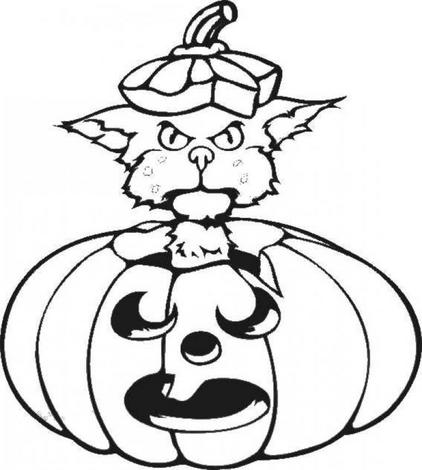The labyrinth
One of the most famous labyrinths is in Crete, corresponding with the myth of the Minotaur. This story can be described from a psychological point of view: Theseus is able to overcome his animal side of his own nature.


In Egypt labyrinths usually appear in tombs.
A lot of Celtic tribes represented labyrinth. And it’s also frequent in Indian and Tibetan culture.
The symbolic meaning of the labyrinth in many of those cultures reflects the idea of an inner journey by the confusing and conflicting paths of the mind, until the explorer reaches the centre of the labyrinth and discovers the essential reality.
Labyrinths can be divided according to how develop their way:
- The labyrinth of one-way or classics have a single road which is screwed on itself until you reach the centre, so there is no risk of losing on it. The ancient European civilizations used these labyrinths as a stage for ritual dances.
The symbol of a labyrinth of only way, also known as the way of truth emerged with force in medieval Christendom. Christianity initially considered the labyrinth as a way of ignorance that apart they from God, but in the 14th century recovered its positive symbolism and started to represent the true path of faith. It was widely used in architecture
- In the other hand, the route of a multiply path labyrinth that splits several times and there’s a risk of getting lost on it, is an exercise much more individual and very threatening. This labyrinth symbolizes the way in which mind can be easily confused and can be deviate from its path in its attempts to find the way back to the source of its own being.
The labyrinth symbolizes the way in which mind can easily confused and deviate from his path in their attempts to find the way back to the source of his own being.

Iratxe and Lucía

 It is a good example, the famous labyrinth of Chartres 's cathedral. As you see in the image, it is a classic labyrinth.
It is a good example, the famous labyrinth of Chartres 's cathedral. As you see in the image, it is a classic labyrinth. 

































